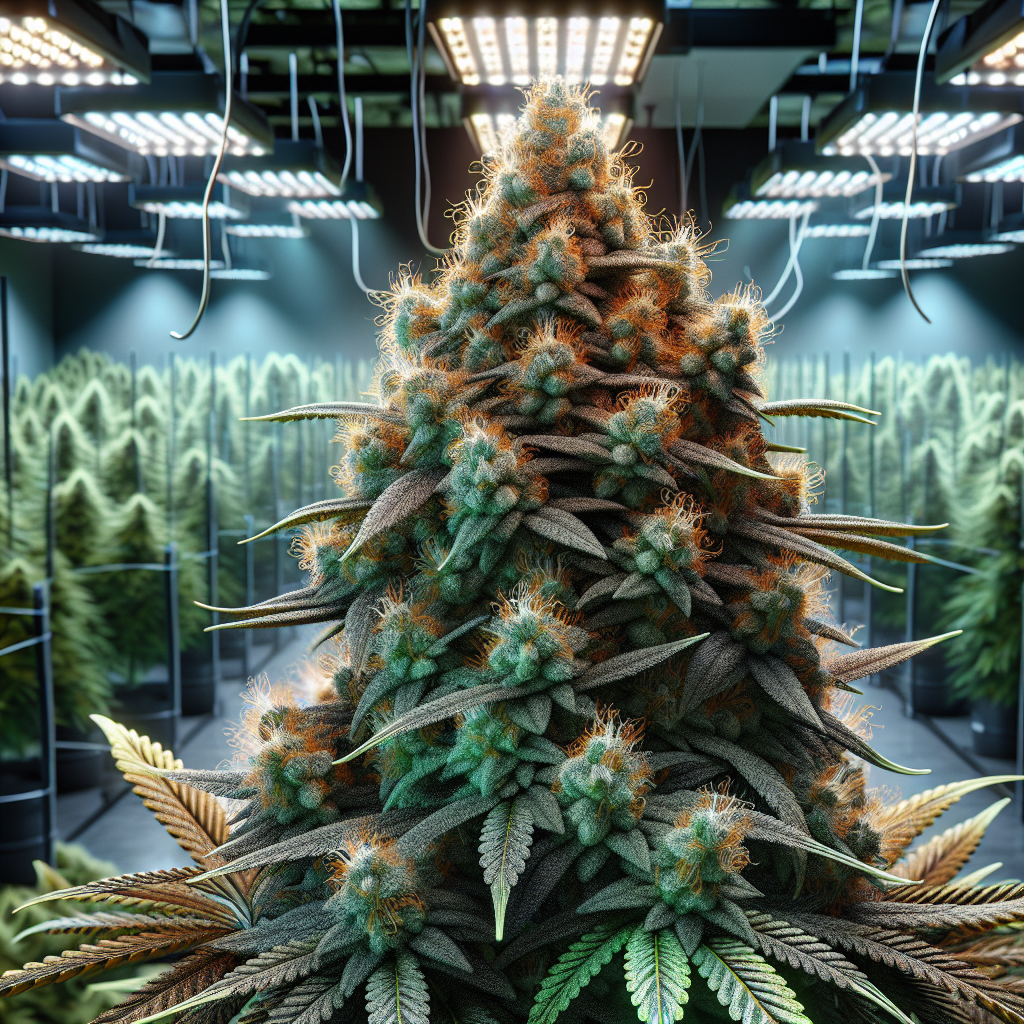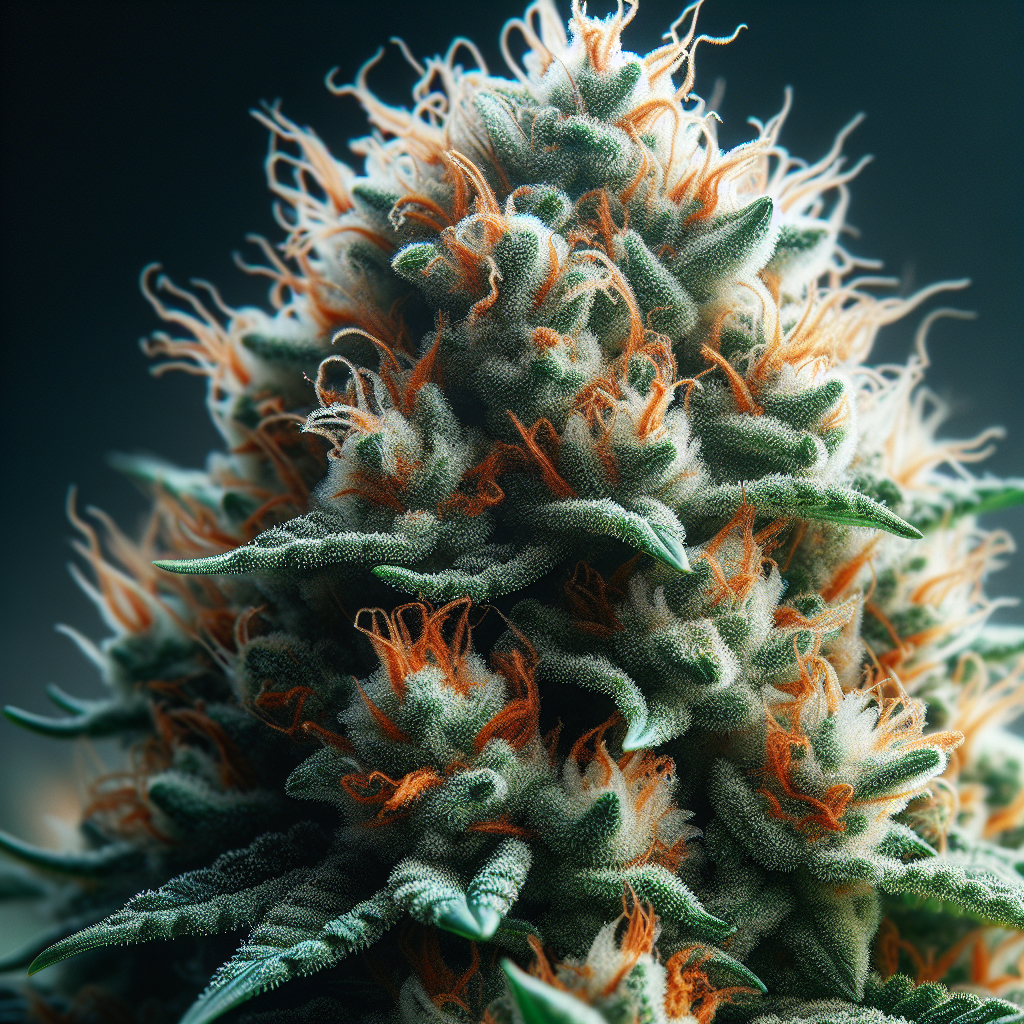Decoding Cannabinoid Profiles: A Comprehensive Guide to Understanding Lab Tests
The cannabis industry has undergone a remarkable transformation in recent years. As legalization expands and more research emerges, consumers find themselves flooded with options – from oils and tinctures to edibles and topicals. Yet, despite the growth and popularity of cannabis, many users are left wondering how to navigate the complexities of cannabinoid profiles and lab testing. This guide provides a thorough understanding of how cannabinoid profiles work, why lab testing is crucial, and how consumers can effectively use this information to enhance their cannabis experience.
What are Cannabinoids?
Cannabinoids are chemical compounds found in the cannabis plant. They interact with the body’s endocannabinoid system (ECS), a biological system that plays a crucial role in regulating a variety of physiological processes, including mood, memory, appetite, and pain sensation. The most well-known cannabinoids include:
-
Tetrahydrocannabinol (THC): The primary psychoactive compound in cannabis responsible for the "high" sensation. THC can also provide analgesic (pain-relieving) and anti-inflammatory effects.
-
Cannabidiol (CBD): A non-psychoactive cannabinoid gaining attention for its potential therapeutic benefits, including anti-anxiety, anti-seizure, and anti-inflammatory properties.
-
Cannabinol (CBN): A cannabinoid that occurs as THC ages; it’s believed to have sedative properties and potential therapeutic benefits in areas like pain and sleep.
-
Cannabigerol (CBG): Known as the "mother" cannabinoid, CBG is often seen as a precursor to other cannabinoids. Preliminary studies suggest it may have potential therapeutic effects in conditions like glaucoma and inflammatory bowel disease.
- Cannabichromene (CBC): Another non-psychoactive cannabinoid with potential anti-inflammatory, anti-fungal, and analgesic properties.
With over 100 unique cannabinoids identified in cannabis, their profiles and interactions present exciting opportunities for tailored therapeutic applications.
The Importance of Lab Testing
Lab testing is crucial in the cannabis industry for several reasons:
-
Safety: Ensuring that cannabis products are free from harmful contaminants such as pesticides, mold, and heavy metals is essential for consumer health.
-
Potency: Accurate lab testing quantifies the cannabinoid content present in a product. Understanding potency helps consumers find the right dose for their needs and preferences.
-
Consistency: Lab testing helps manufacturers maintain consistent product quality, which is vital for repeat customers. Knowing the cannabinoid profile can help consumers choose products that provide similar experiences.
- Medical Use: For patients using cannabis for therapeutic reasons, lab testing can provide insights into which cannabinoid profiles might be most beneficial for managing their specific conditions.
Understanding Cannabinoid Profiles
Cannabinoid profiles reveal the types and concentrations of cannabinoids in a given cannabis product. When you look at a lab test result, you’ll typically see:
-
Total THC: The total amount of THC in the product, often expressed as a percentage. This number can help consumers assess the potency and potential psychoactive effects.
-
Total CBD: Similar to total THC, this number indicates the concentration of CBD in the product. High CBD content can be essential for those looking for therapeutic effects without the high.
-
Minor Cannabinoids: Profiles may also include minor cannabinoids like CBN, CBG, and CBC. These can contribute to the overall effects and benefits of the product, often working synergistically with THC and CBD.
-
Terpene Profiles: Although they’re not cannabinoids, terpenes are aromatic compounds found in cannabis that can also contribute to its smell, flavor, and potentially therapeutic effects.
- Contaminant Results: In addition to cannabinoid profiling, responsible labs test for harmful substances like pesticides, heavy metals, and other contaminants. This information is crucial for consumer safety.
Reading a Lab Test Report
While lab results may seem technical at first, they provide invaluable information for consumers. Understanding how to read a lab test report can enhance your cannabis experience significantly.
1. Potency Analysis
Most lab reports will start with a potency analysis that provides percentages of the primary cannabinoids. For example, a lab report might show:
- THC: 20%
- CBD: 10%
- CBG: 1%
- CBN: 0.5%
These numbers indicate that in a 1 gram sample of this cannabis flower, there are approximately 200 mg of THC and 100 mg of CBD, reflecting its potential effects. Higher THC percentages might be suitable for users looking for psychoactive effects, while higher CBD percentages might appeal to those seeking therapeutic benefits without the high.
2. Terpene Profiles
Terpenes are responsible for the distinctive aromas and flavors of different cannabis strains and can influence the plant’s therapeutic effects. A lab test will typically list various terpenes, including their percentages. Common terpenes found in cannabis include:
- Myrcene: Often associated with sedation and relaxation.
- Limonene: Known for its uplifting effects and citrus aroma.
- Pinene: May promote alertness and has anti-inflammatory properties.
When choosing a cannabis product, being aware of the terpene profile can help consumers find strains that align with their desired effects.
3. Contaminant Testing
Responsible labs should provide contaminant testing results as part of their lab report. Look for results indicating the absence of common contaminants:
- Pesticides: Harmful chemicals that can be detrimental to health if consumed.
- Pathogens: Such as bacteria and mold, which pose health risks.
- Heavy Metals: Such as lead and arsenic, which can accumulate in the body and lead to health issues.
By selecting products that have been rigorously tested for contaminants, consumers can ensure they are making safe choices.
The Entourage Effect
The entourage effect is a term used to describe how various cannabinoids, terpenes, and other compounds in cannabis interact synergistically. This means that the therapeutic effects of cannabis can be more significant than the sum of its individual components. For example, the combination of THC and CBD can offer benefits beyond what could be achieved by taking each compound independently.
Understanding cannabinoid profiles allows consumers to select products that maximize the entourage effect. For instance, if a person is seeking relief from pain, a strain with a high THC and balanced CBD content, along with specific terpenes known for analgesic properties, would be ideal.
Tailoring Your Cannabis Experience
With the knowledge of cannabinoid profiles and lab testing, consumers can better tailor their cannabis experiences to meet individual needs. Here are some tips for selecting the right products based on lab test results:
-
Identify Your Goals: Are you using cannabis for recreational enjoyment or specific health concerns? Knowing your goals can help narrow down cannabinoid profiles that align with your desired experience.
-
Start Low, Go Slow: Especially for those new to cannabis, starting with lower-potency products and gradually increasing as needed can prevent overwhelming psychoactive effects.
-
Experiment with Terpenes: Pay attention to cannabinoid and terpene profiles when selecting products. Different combinations can lead to varying effects. Maintaining a journal tracking your experiences can help identify which profiles work best for you.
-
Consult with Professionals: If you have specific health concerns, consider consulting with professionals knowledgeable about cannabis, such as budtenders at dispensaries or cannabis physicians. They can assist you in choosing tailored products based on lab results.
- Stay Informed: Stay updated with scientific research on cannabinoids and new product offerings. The field of cannabis is continually evolving, and new discoveries can lead to exciting options for consumers.
The Future of Cannabinoid Profiles
As cannabis research continues to grow, we can expect to learn more about the complexities of cannabinoid profiles, the entourage effect, and how different strains and products can be optimized for use. Innovations in lab testing methods will also enhance our understanding of how cannabis benefits consumers. As regulations become stricter, consumers can expect even higher standards for safety and transparency.
FAQ Roundup
1. What are cannabinoids?
Cannabinoids are chemical compounds found in cannabis that interact with the body’s endocannabinoid system, affecting various physiological processes.
2. What is the difference between THC and CBD?
THC is the primary psychoactive compound in cannabis, responsible for the "high," while CBD is non-psychoactive and is often sought for its potential therapeutic benefits.
3. Why is lab testing important?
Lab testing confirms the safety and potency of cannabis products, identifying contaminants and providing a comprehensive cannabinoid profile that consumers can use to tailor their experiences.
4. How do I read a lab report?
A lab report provides information on the potency of cannabinoids, a profile of terpenes, and results from contaminant testing. Key figures to look for include total THC and CBD percentages along with any listed pathogens or toxic substances.
5. What is the entourage effect?
The entourage effect describes how different cannabinoids and terpenes work together synergistically, potentially enhancing the therapeutic effects of a cannabis strain or product.
6. How can I choose the right cannabis product for me?
Identify your goals, consider your experience level, pay attention to both cannabinoid and terpene profiles, and don’t hesitate to seek guidance from knowledgeable professionals at dispensaries.
7. Are there any risks associated with cannabis use?
While cannabis can offer benefits, it can also have adverse effects, particularly for inexperienced users or in cases of overconsumption. It’s important to use cannabis responsibly and be aware of individual health conditions.
8. What is the current state of cannabis research?
Cannabis research is rapidly expanding, revealing new insights into cannabinoid interactions and potential therapeutic applications. Ongoing studies will continue to enhance our understanding of this complex plant.
By decoding cannabinoid profiles and understanding lab tests, consumers can become empowered cannabis users. Equipped with knowledge about cannabinoid interactions and lab testing, everyone can make informed decisions and truly savor the full spectrum of benefits that cannabis offers. As the cannabis landscape evolves, staying informed and proactive in your choices can lead to rich and rewarding experiences. Enjoy your exploration of this fascinating plant!





